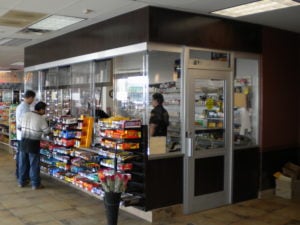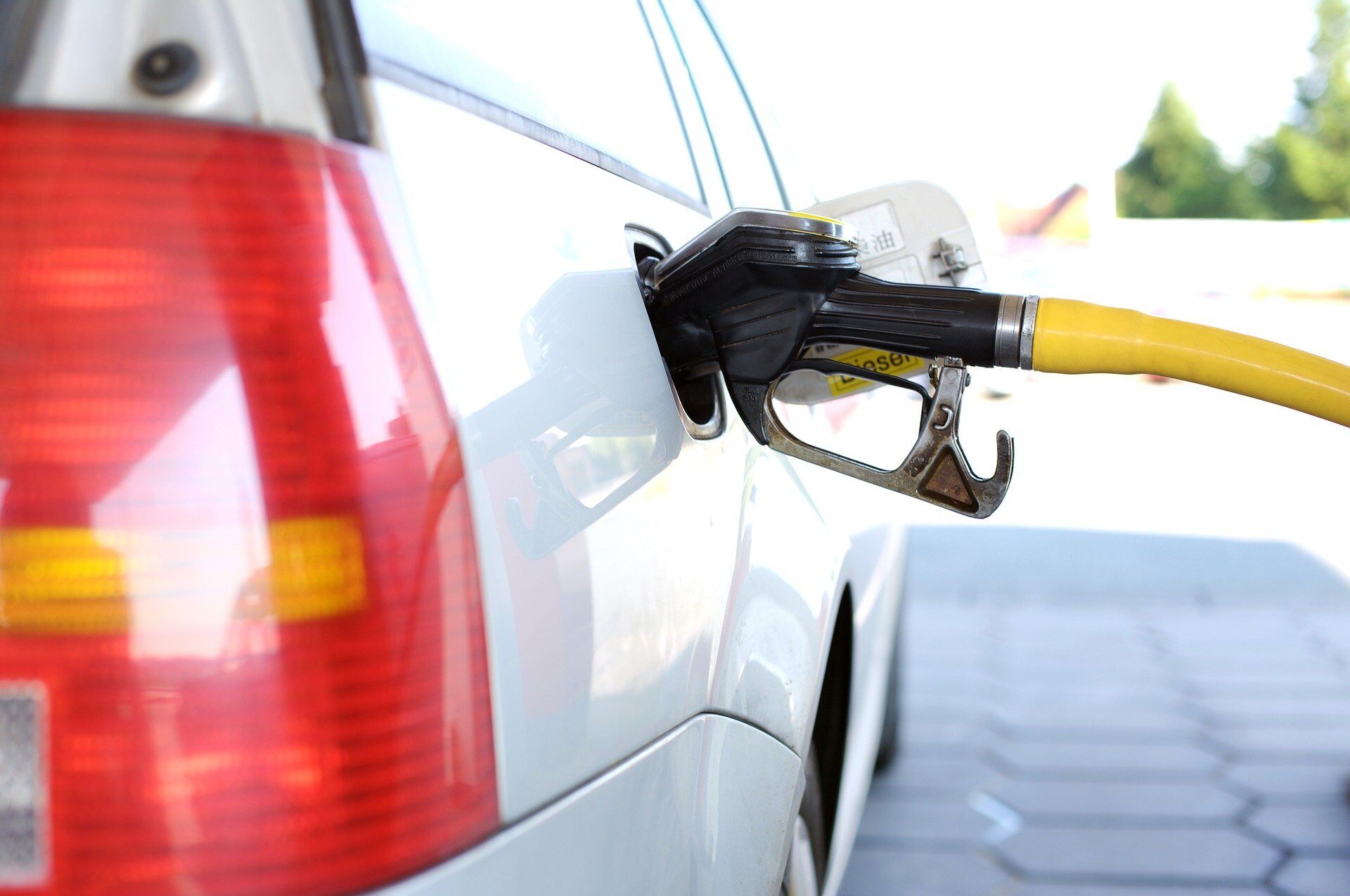Every fuel center and gas station is unique. Even a chain of fuel centers with near identical footprints and layouts will have slightly different security profiles. How close is the filing station to urban centers and expressway on-ramps? Is it near a border between jurisdictions? How well-lit are the surrounding neighborhoods? What is the population density and overall crime rate for that area?
But there are a few fundamentals that hold true across the board. The most important is this: A bulletproof barrier protecting a gas station must be able to stop a bullet without putting a dent in snack and soda sales.
The Right Ballistic Security Level for Fuel Centers
According to TSS CEO Jim Richards, as a rule, most fuel centers are happy with a Level 1 or 2 barrier system. Either ballistic security level will stop rounds from all common handgun calibers. Occasionally, a fuel center may call for a Level 3 system (more common in banks and police stations)—but that is an exception.
“This is one of those situations,” Jim notes, “Where deterrence is the name of the game. A quick search of YouTube will find you plenty of clips of security camera footage where a would-be bandit walks into a gas station, sees that bullet-resistant barrier, waves his gun for a while, then walks out without firing a shot. No one wants to fire at that glass. It’s too intimidating, knowing that the bullet—or chips of acrylic moving at bullet speed—are going to come flying back into your face.”
Jim takes pride in building bullet resistant barrier systems where every component will perform above and beyond its rating. Consider this standard TSS Level 3 bullet proof door; it’s rated to stop at least three shots from a .44 Mag, but easily catches upwards of 100 rounds from everything from small pistols to tactical rifles without a single penetration.
“When you’re inside a TSS system, I want you to be confident you’re safe—even if someone comes packing way more fire power than you could have anticipated.”
Four Fundamental Components of Bulletproof Barriers for Gas Stations
Fuel center bullet resistant barrier systems rely on four key components:
- operable bullet resistant windows
- bullet resistant back glazing
- bullet resistant doors and counters
- deal trays
The bullet resistant doors and counters are the most straightforward components. Any counter can be made bullet resistant fairly easily, by reinforcing it with UL-rated fiberglass reinforced panels. Ballistic doors can be built-to-order in many styles. The high-function steel doors in the video above are economical, but a bit less common in fuel centers, which tend to go with an all-acrylic door, like this one:

A custom fuel-center bullet resistant barrier in Cicero, Illinois
Bullet-resistant back glazing is likely the most important component of the fuel station barrier system. The reality is that most late-night gas stations clerks are working alone. They need to be able to simultaneously monitor the pumps and process transactions, and thus need a clear view of all the pump islands. The best Level 8 security system in the world is useless if a would-be robber with a hammer can smash his way in through an outside window.
Security and Functionality in Fuel Center Bullet Resistant Barrier Systems
Good fuel center barrier systems balance the shifting demands of retail functionality and security as they change throughout the day.
When it comes to that customer-facing security system, operable bullet resistant windows are a must. These are bullet resistant acrylic panes mounted on rails, so they can either be lifted up and out of the way (called “vertical sliders”) or slide to the side (“horizontal sliders”). During normal business hours—which are high-traffic and low-threat—the clerk pushes the window aside and makes transactions directly with the customer. After dark, as the likelihood of a robbery increases, the clerk locks down the window, creating a secure envelope around herself.
This brings us to possibly the item most vital to late-night and 24-hour operation in modern fuel centers: deep deal trays. A so-called “convenience store” tray or “oil tray” is especially popular, as it can accommodate larger items (such as cartons of cigarettes and 20-oz beverages—the second and third most important profit centers in many fuel centers).

